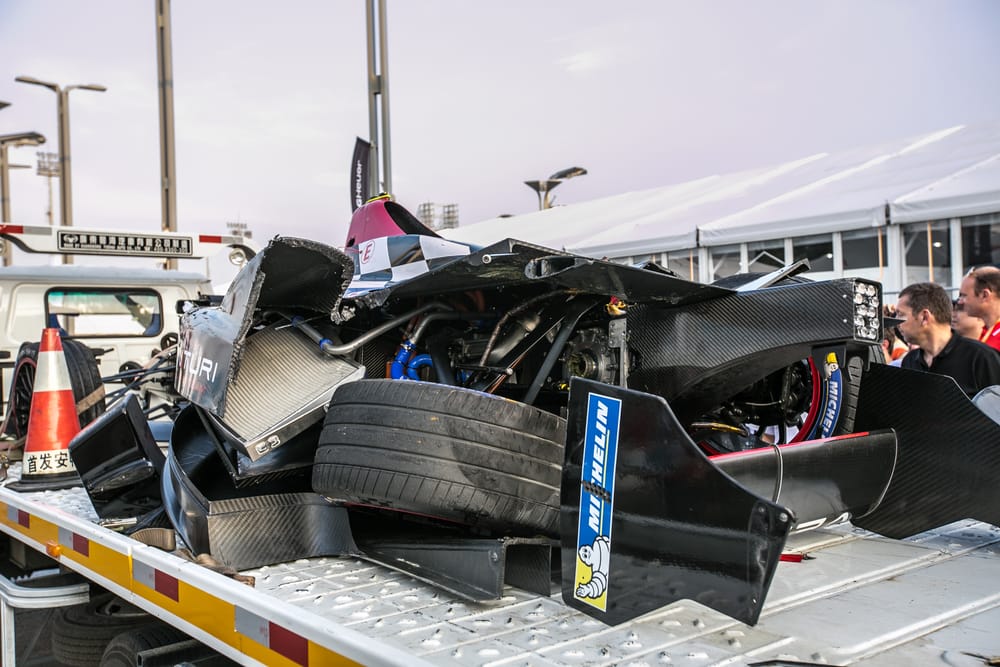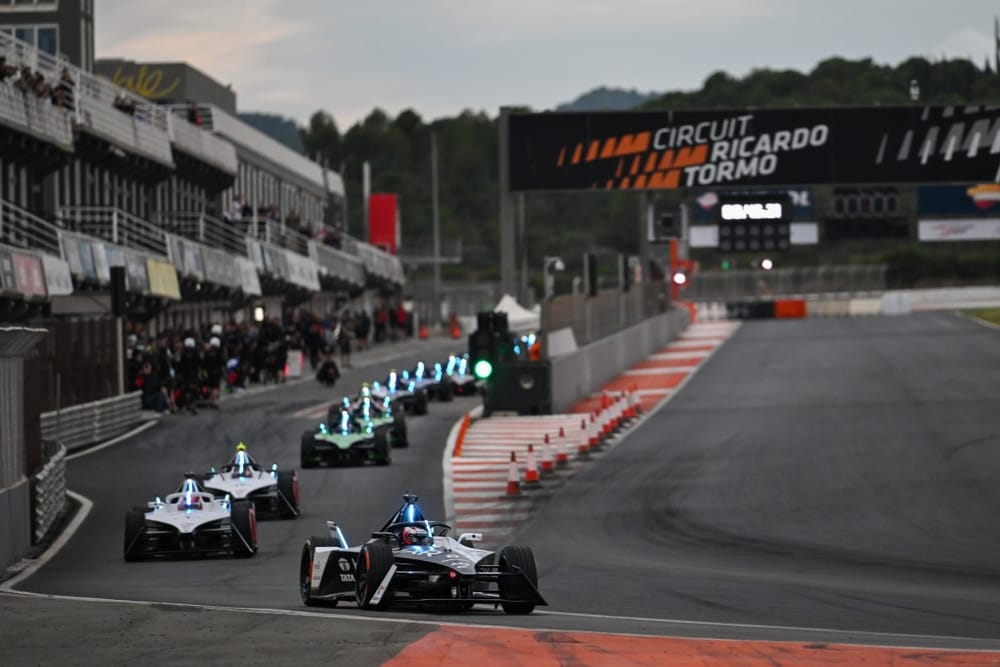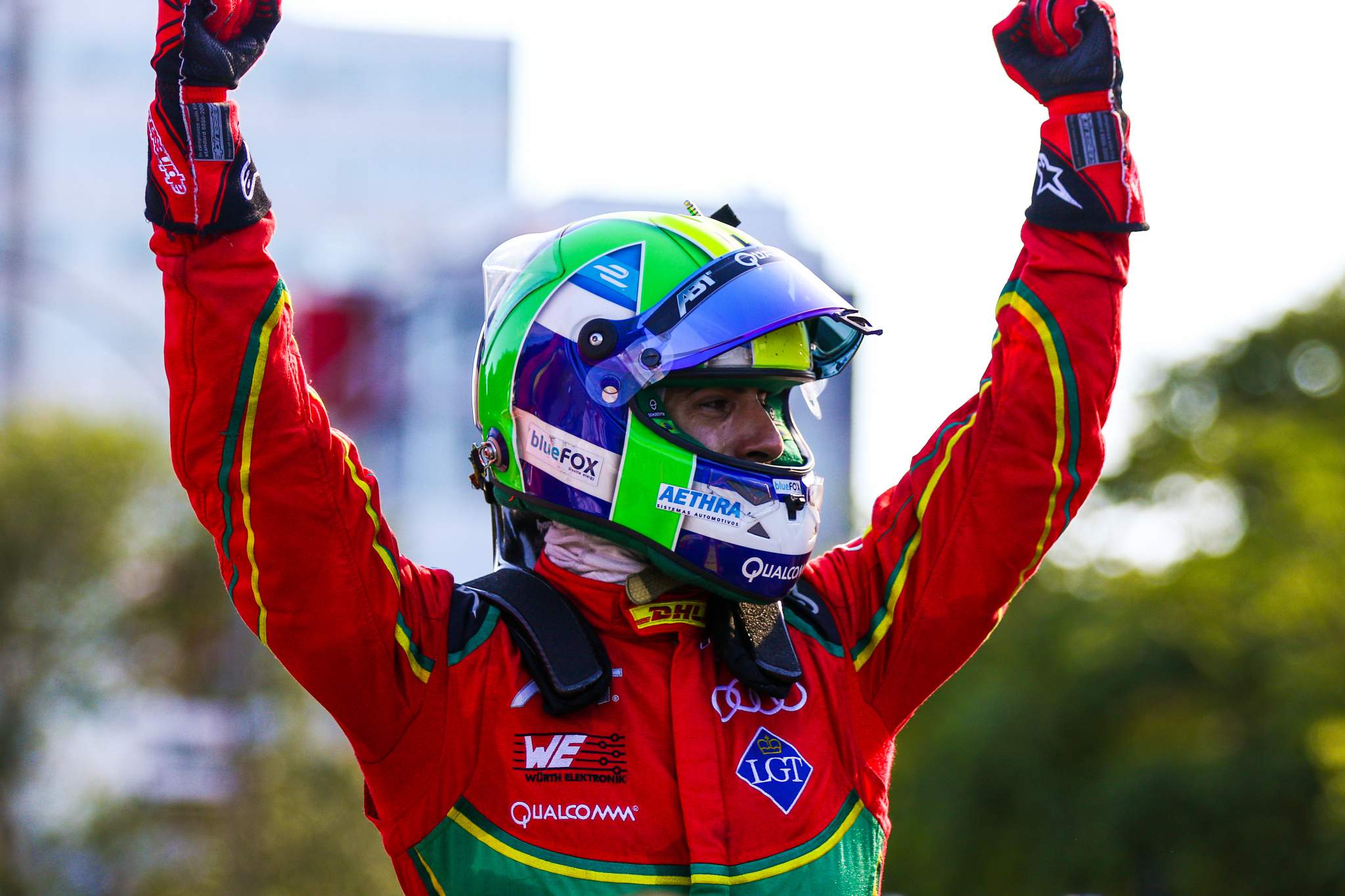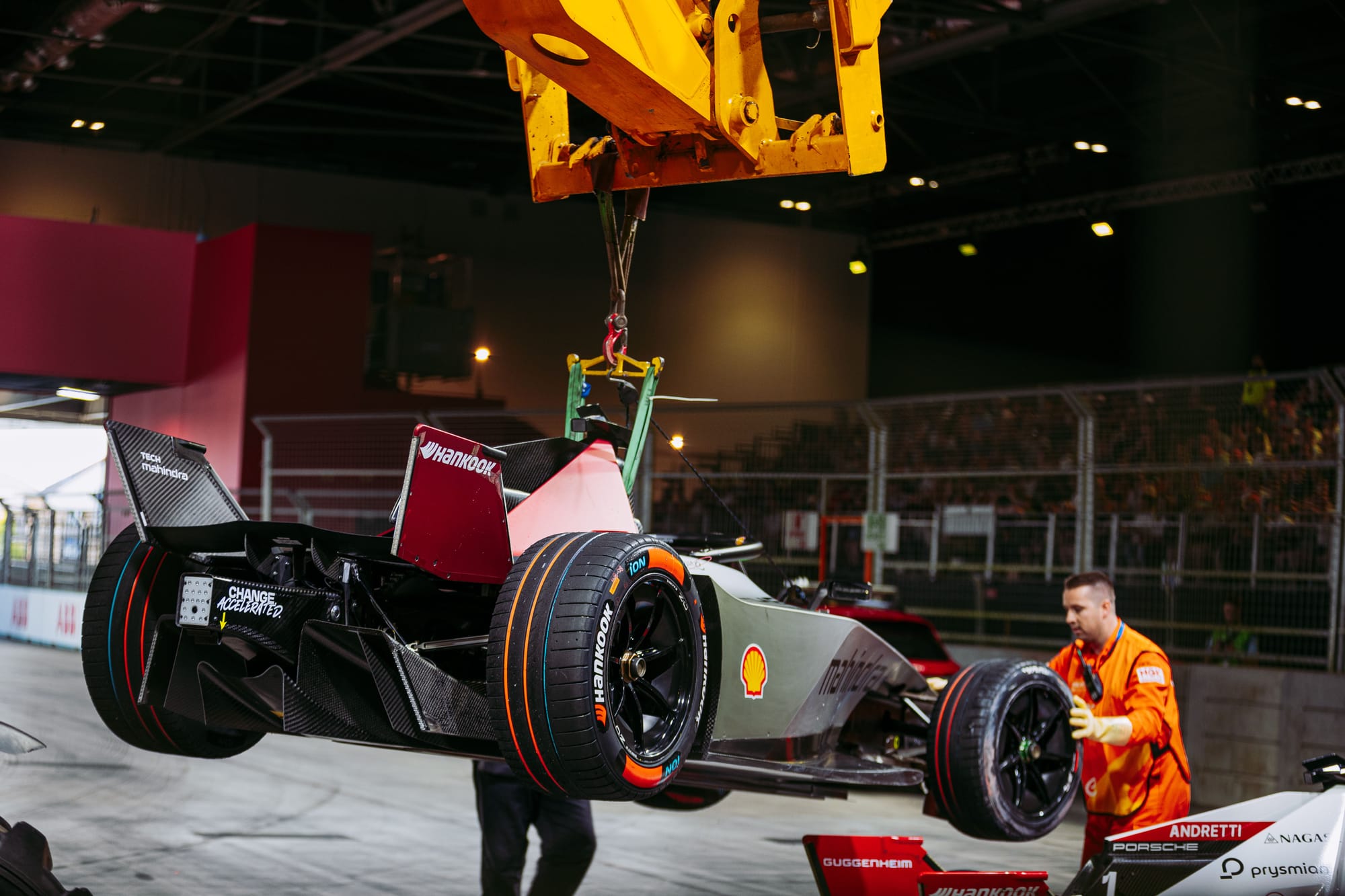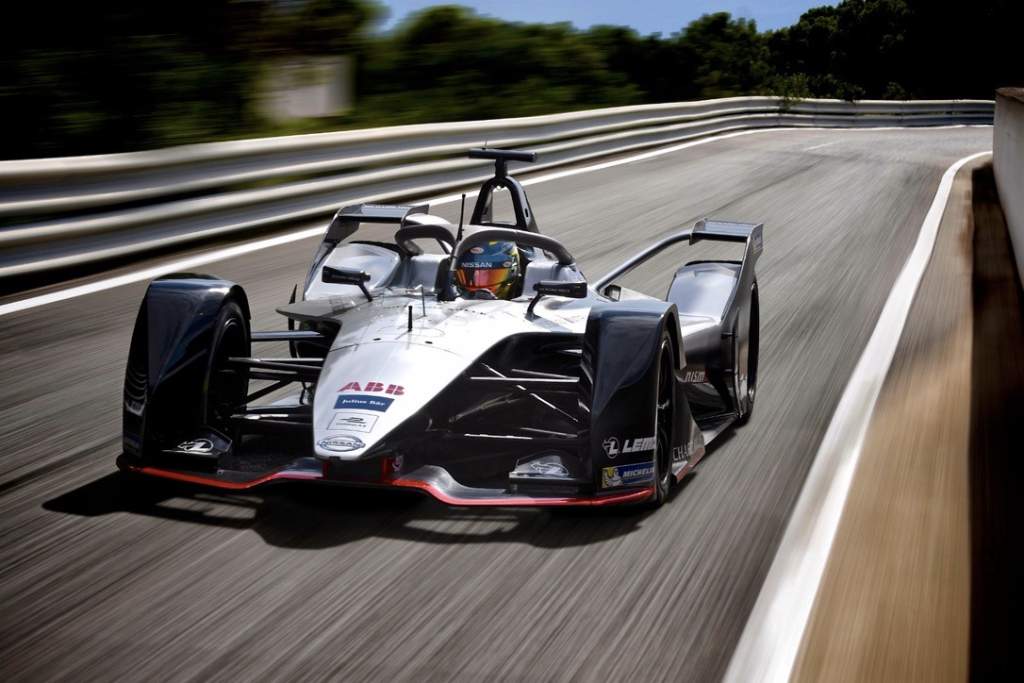Formula E celebrated a decade of racing last month that's encompassed 10 seasons, 133 E-Prixs, nine champions and 86 drivers.
And it's made it this far against a backdrop of initial scepticism, near-collapse after just three races, a rebirth, a boom, and a return to the brink, but now has an acceptance of sorts.
It's that respect and approval that is among its biggest achievements, equal perhaps to its initial survival and then attracting over a dozen manufacturers.
But the world's only electric world championship has also struggled to fully breakthrough into what Formula E executives lust after: tier-one sport status or, to you and me, the big time.
History in revisionist form is full of reinterpreted views on factual and recorded happenings. For Formula E, its birth and then mere survival was moulded around events largely out of its founder's control.
But a fun part of history is to consider the 'what ifs'. And in Formula E's case, there are some absolute whoppers to ponder.
What if: Prost hadn't had a rush of blood?
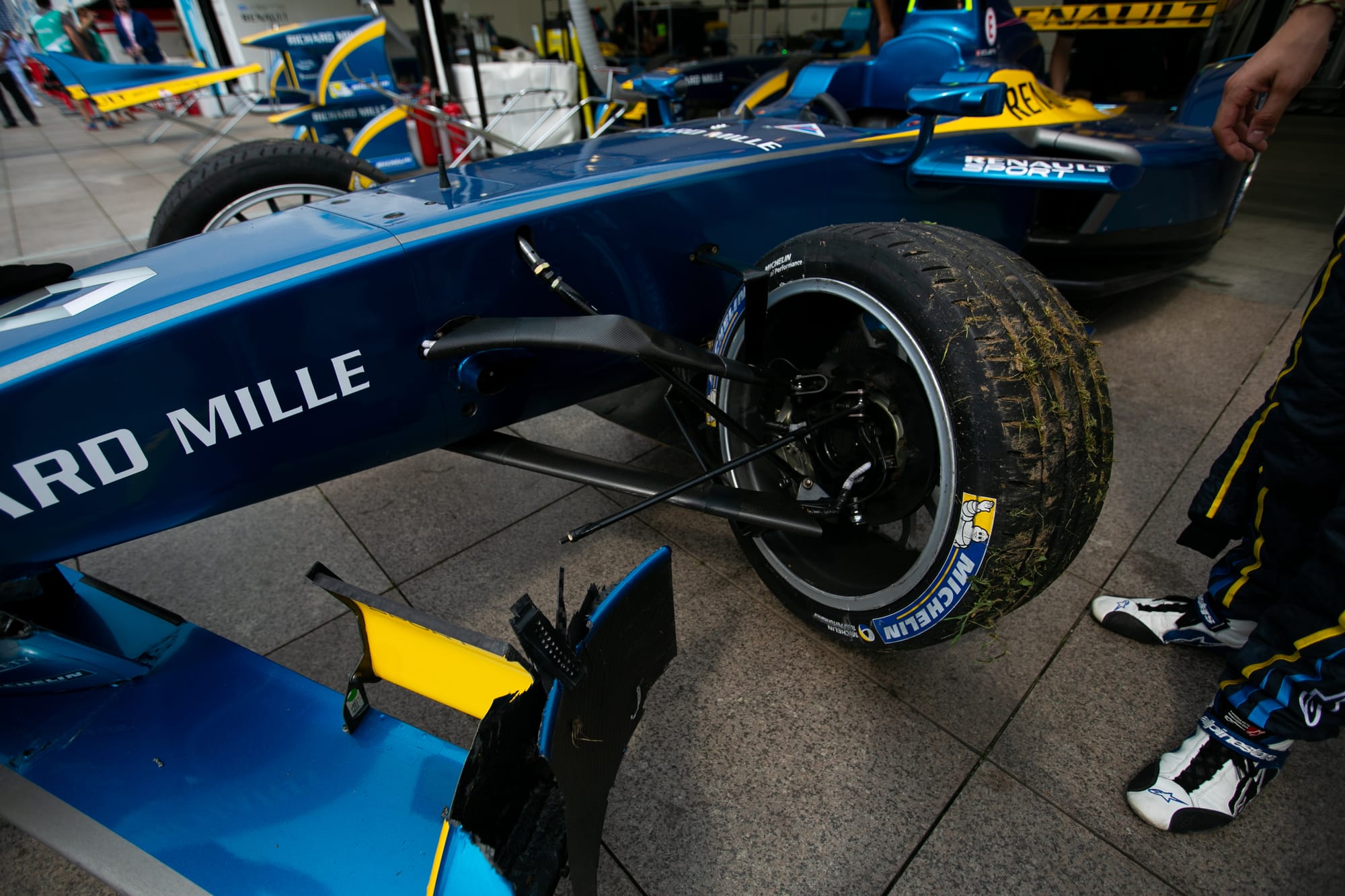
To put the first ever Formula E race into context, you really had to be there for a bit of pre-history in the build-up to a seismic day in Beijing around the Bird's Nest Olympic stadium.
The pitfalls had somehow been negotiated by Formula E as summer tuned to early autumn in 2014. The plan for Nissan to provide the first battery fell through in 2013, some of the proposed races such as Los Angeles and Rio de Janeiro collapsed, and a plethora of technical issues had hampered several pre-season tests, not least of which was that, with 110kW at their disposal, the cars were painfully slow.
The Beijing weekend also brought massive logistical challenges, but all 20 cars lined up for the grid at the designated time as what felt like the eyes of the world bore into this motorsport upstart.
A ludicrously slow formation lap (who thought that was a good idea?) was followed by all of the cars making it to the first corner. Therein the race was, at best, processional and it looked slow as forecast.
Yes, the drivers were forced into what now looks like a bizarre change of mounts mid-race, but this was just another racing series wasn't it? Plenty of colour, no noise granted, but racing is racing and unfortunately for Formula E this was quite tame.
Then came the final corner.
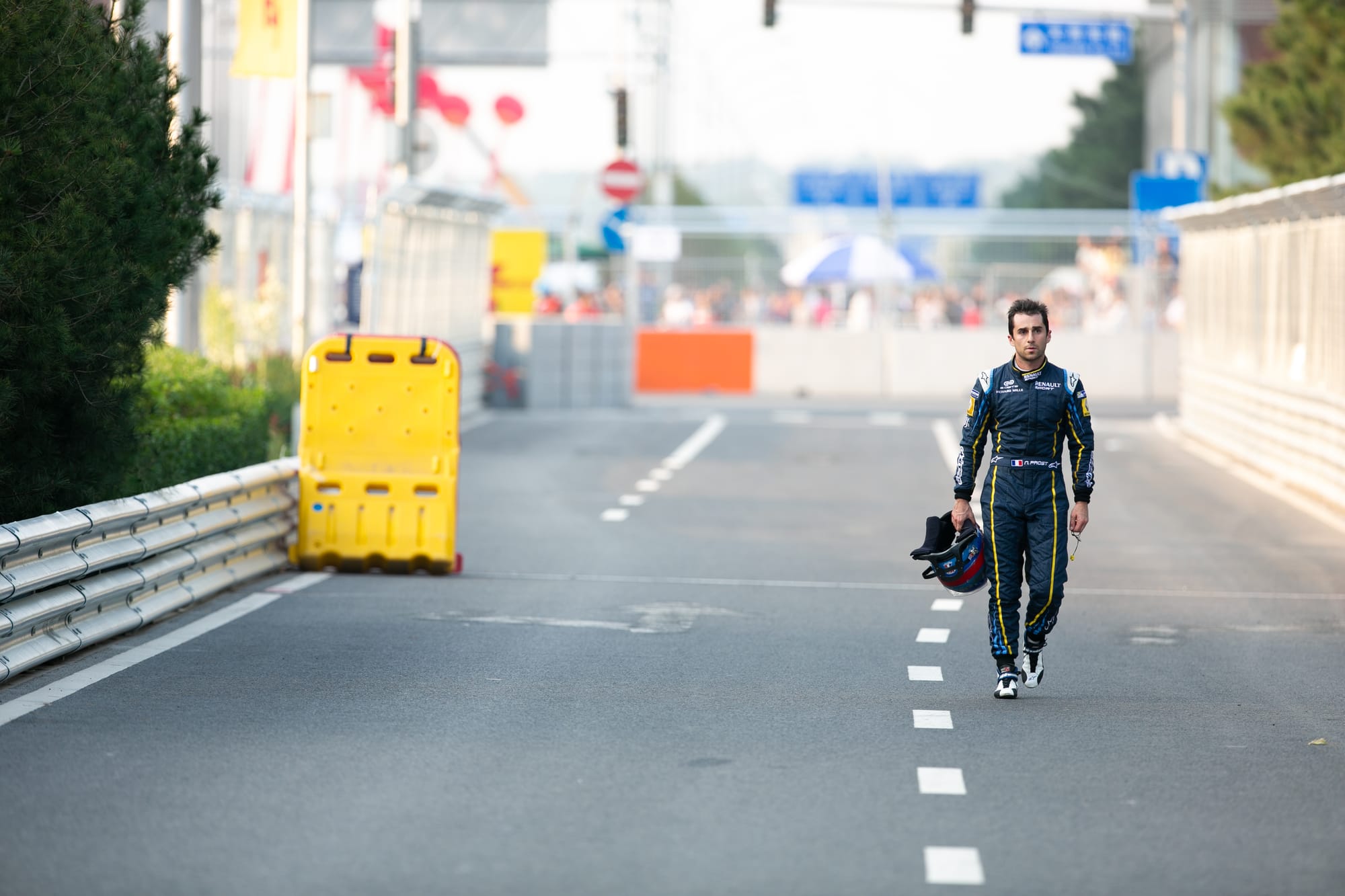
In what remains one of Formula E's most iconic moments, Nico Prost's DAMS-run Spark-Renault started to derate and the pursuing Nick Heidfeld, in a healthier state, made a move. That Prost panicked and swerved across at his then World Endurance Championship LMP2 team-mate looked beyond desperate but, as Prost explained to this author some years later, he was in a situation that no other driver had ever been in with a faltering battery.
The resulting accident looked at first to be one of those where the driver would not walk away and for a few seconds the watching world held its breath.
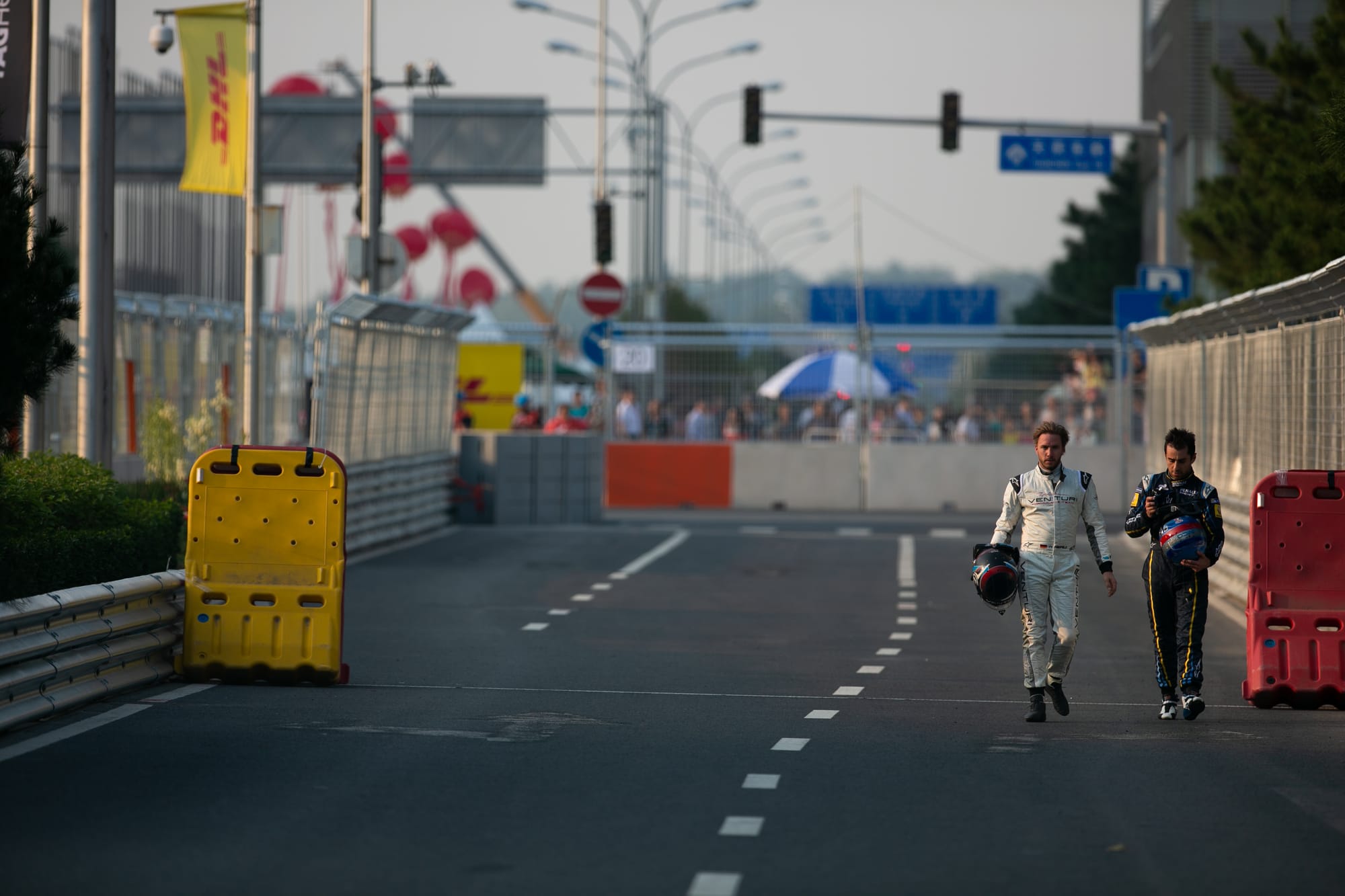
Then came the exhalation of relief. Followed swiftly, for Formula E, by the realisation that the remarkable turn of events marked the moment it had really arrived.
Look on social media and that clip alone has millions of hits. What it showed was that, although not fast, Formula E was serious and it could be spectacular. It was also safe, despite some erroneously believing that drivers could be fried in the cars in the event of an accident.
Formula E was on its way, in the most bizarre of circumstances. Had Prost led Heidfeld home in a settled finishing order, Formula E would have taken significantly longer to blossom and, who knows, the next ‘what if’ may have become a series-wrecking reality.
What if: Liberty hadn't bitten?
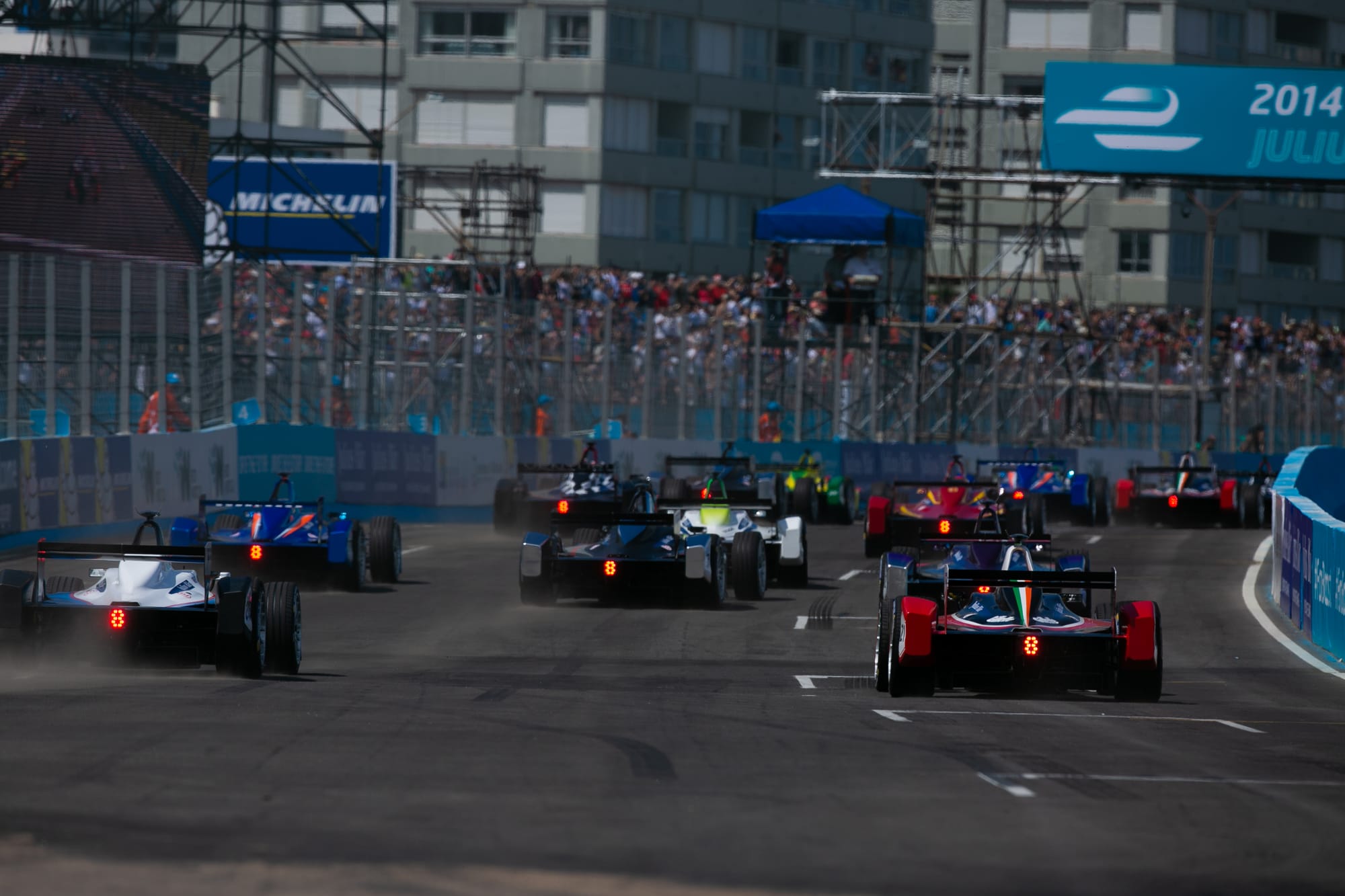
As the teams and paddock packed away their equipment in the Punta del Este paddock after the third-ever race in December 2014, Alejandro Agag was back in London and clearing his desk.
He, along with other senior figures, had been dismissed from the nascent all-electric world championship, amid concern that the money invested in the early start-up had run dry. It had and getting the cars to the next two races on the schedule in Buenos Aires and Miami looked unlikely.
When Agag and others got a stay of execution as 2014 turned to 2015, Formula E wasn't even hand-to-mouth because the hand wasn't even in place - Agag used personal credit to secure freight arriving at the track.
But in the background, he and others were courting what was then known as Discovery Communications - now Warner Bros Discovery - and Liberty Global to invest in the series. At the Miami race in March, several key figures from the media behemoth were in town, and Agag, bestride a sumptuous yacht, was driving them into harbour.
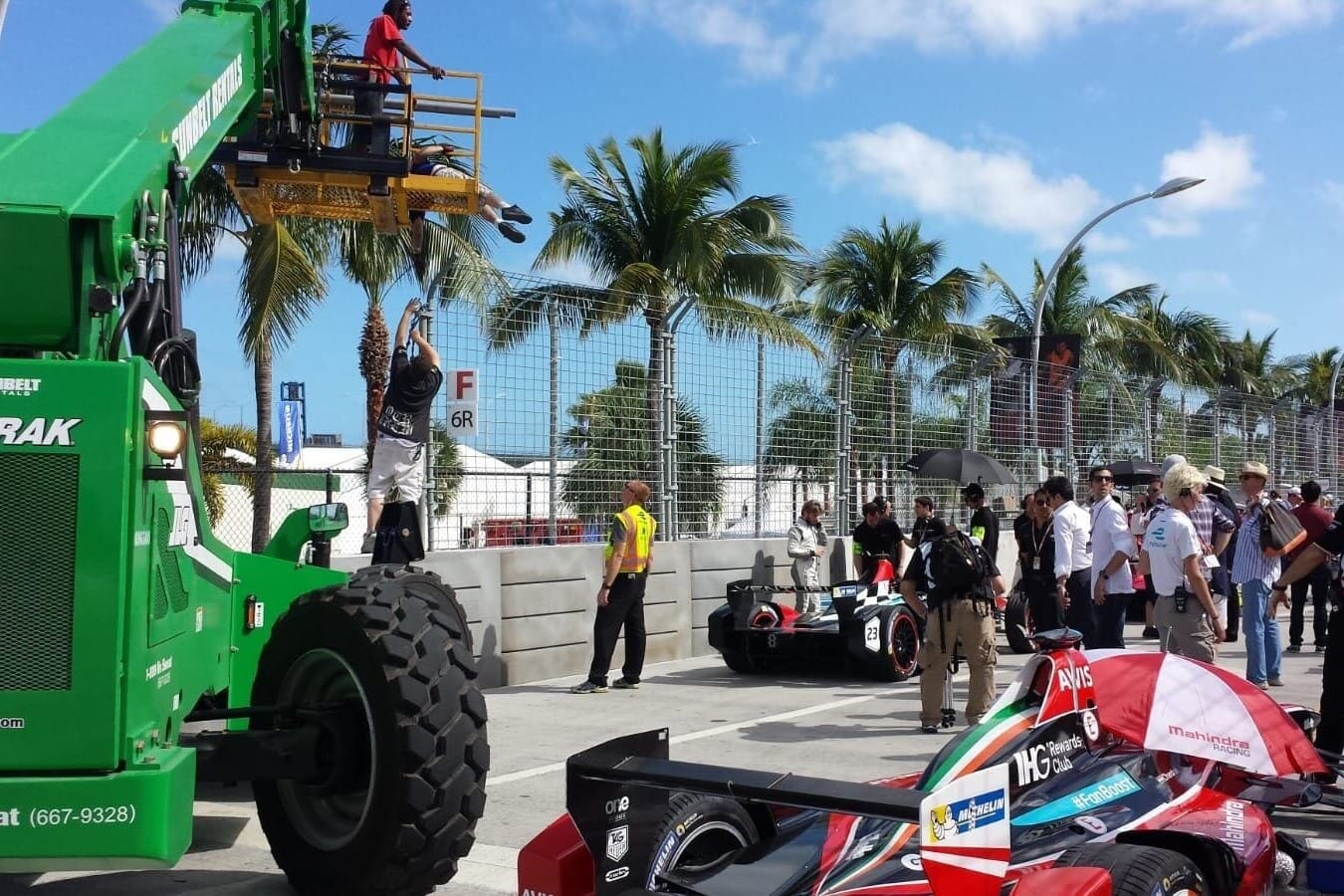
The problem was that the Miami E-Prix was fraying at the seams. Agag literally had to blindside the proposed executives as he spotted the final concrete walls being lifted into position to finish the track after practice and qualifying had been disrupted.
The conjuring worked and a few weeks later the deal was completed, with Discovery/Liberty owning a majority stake and Formula E essentially having a stable foundation to now build itself on, as per the initial plan. If it had been on a life-support machine before, a finger had been hovering over the off switch for weeks.
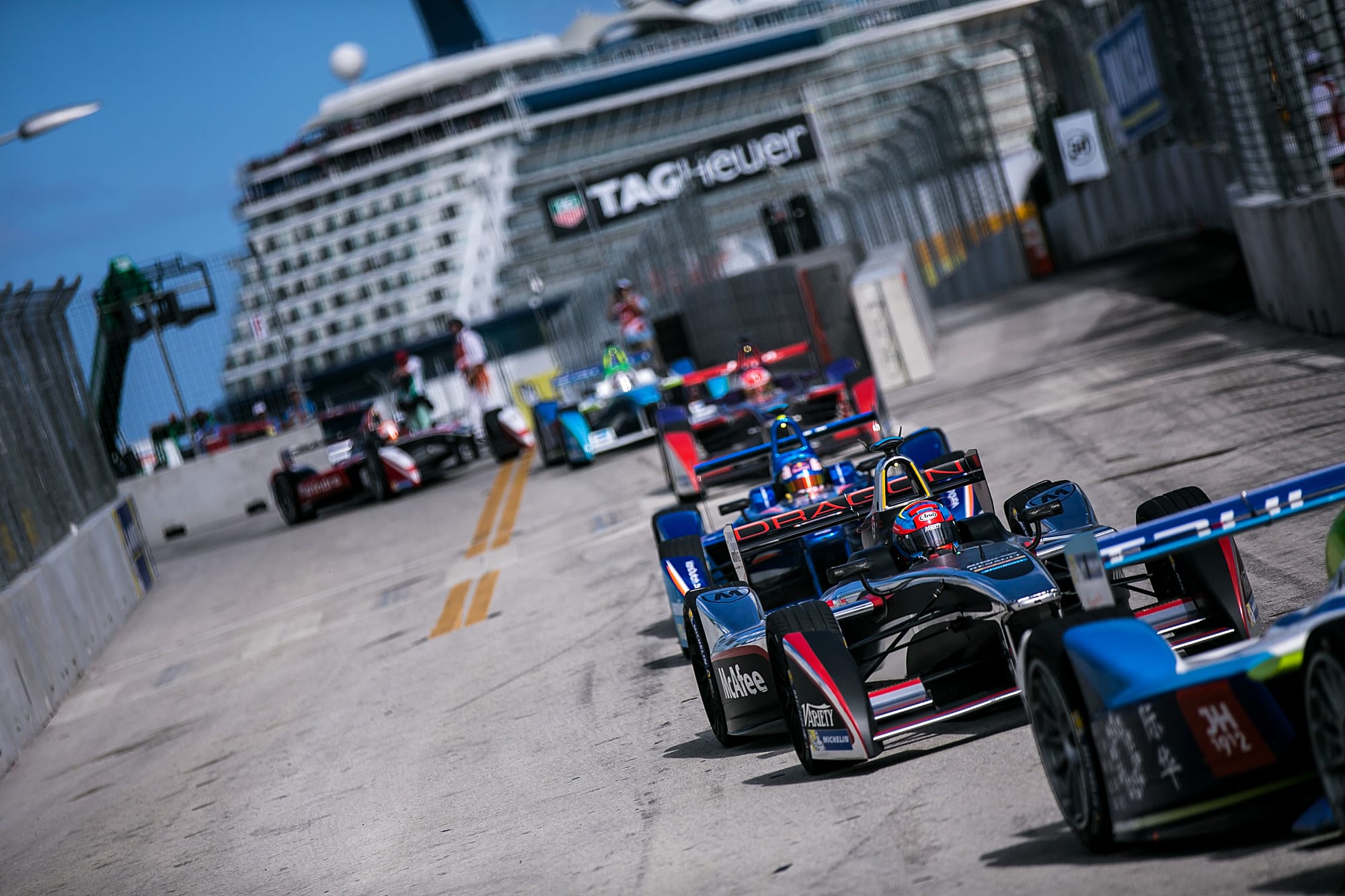
The relief was palpable and Formula E completed a strong and exciting first season in Battersea Park with heads of manufacturers peppering the grid wanting a slice of the action for the future.
Had Agag not been able to return in January 2015, and had his charisma and savvy not worked out exactly to plan, Formula E would at best have staggered on, perhaps finding lesser investors and getting another season or two out of itself, or it would have ended as the chequered flag dropped in London.
What if: Dieselgate never happened?
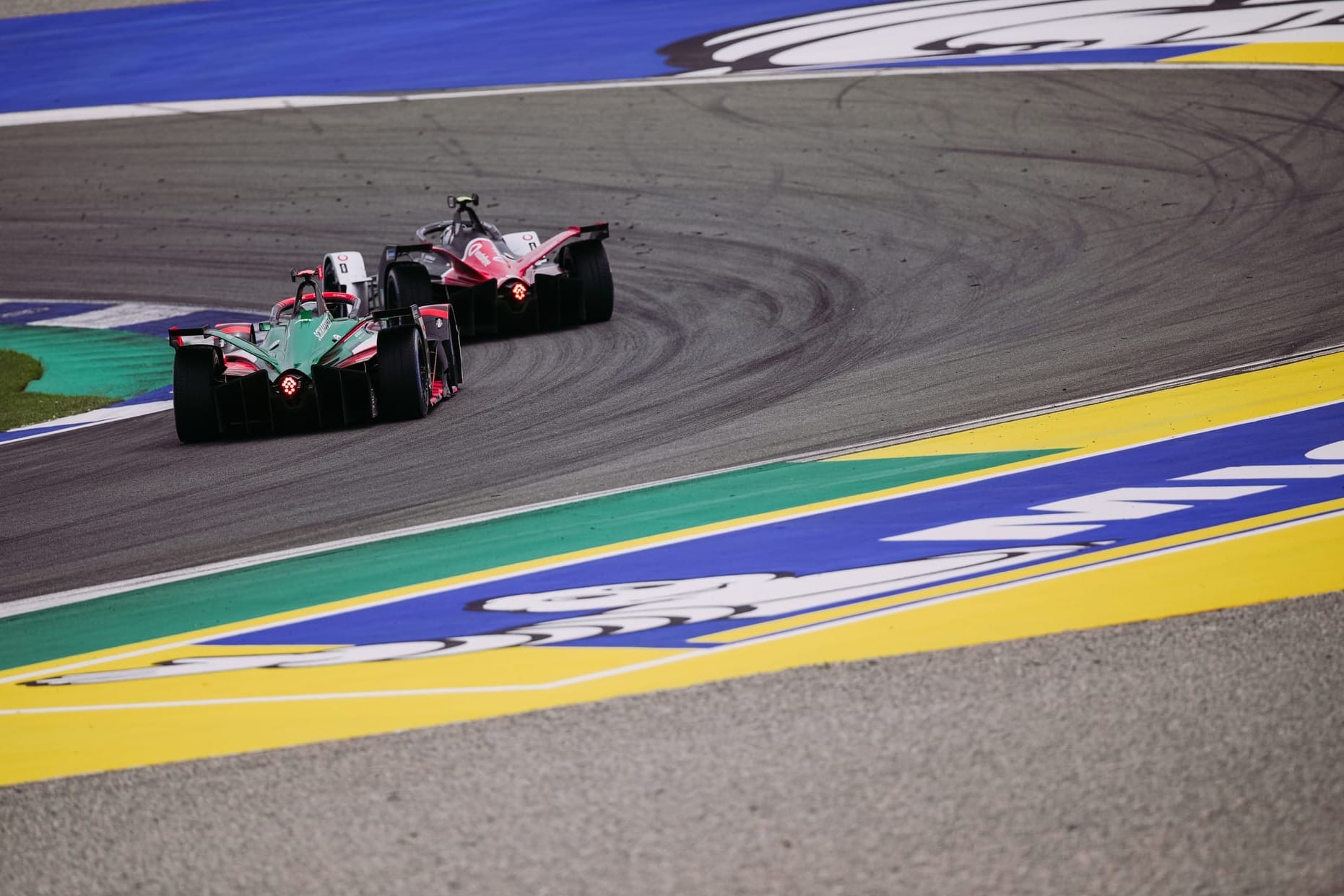
As Formula E readied itself for season two, again in Beijing, a scandal of gargantuan proportions was playing out in the media and then the courtrooms of the world in 2015.
Its repercussions inevitably reached motorsport and fell right into Formula E's lap, in a good way.
As Volkswagen's reputation got dragged through the diesel-dappled mud, its brands Audi and Porsche had to regroup. What was diesel's loss was electric's gain and had the scandal not added to the gathering momentum and forecast of electric being the shiny future of the automotive world, it's unlikely that the big manufacturers from Germany, perhaps bar BMW, would have come.
Like an accelerant on a bonfire, the pyre rose higher in Formula E's favour and in classic Agag fashion he and his team maximised for all its worth, gaining massive kudos as they did.
What if: Mahindra had been more reliable in 2018?
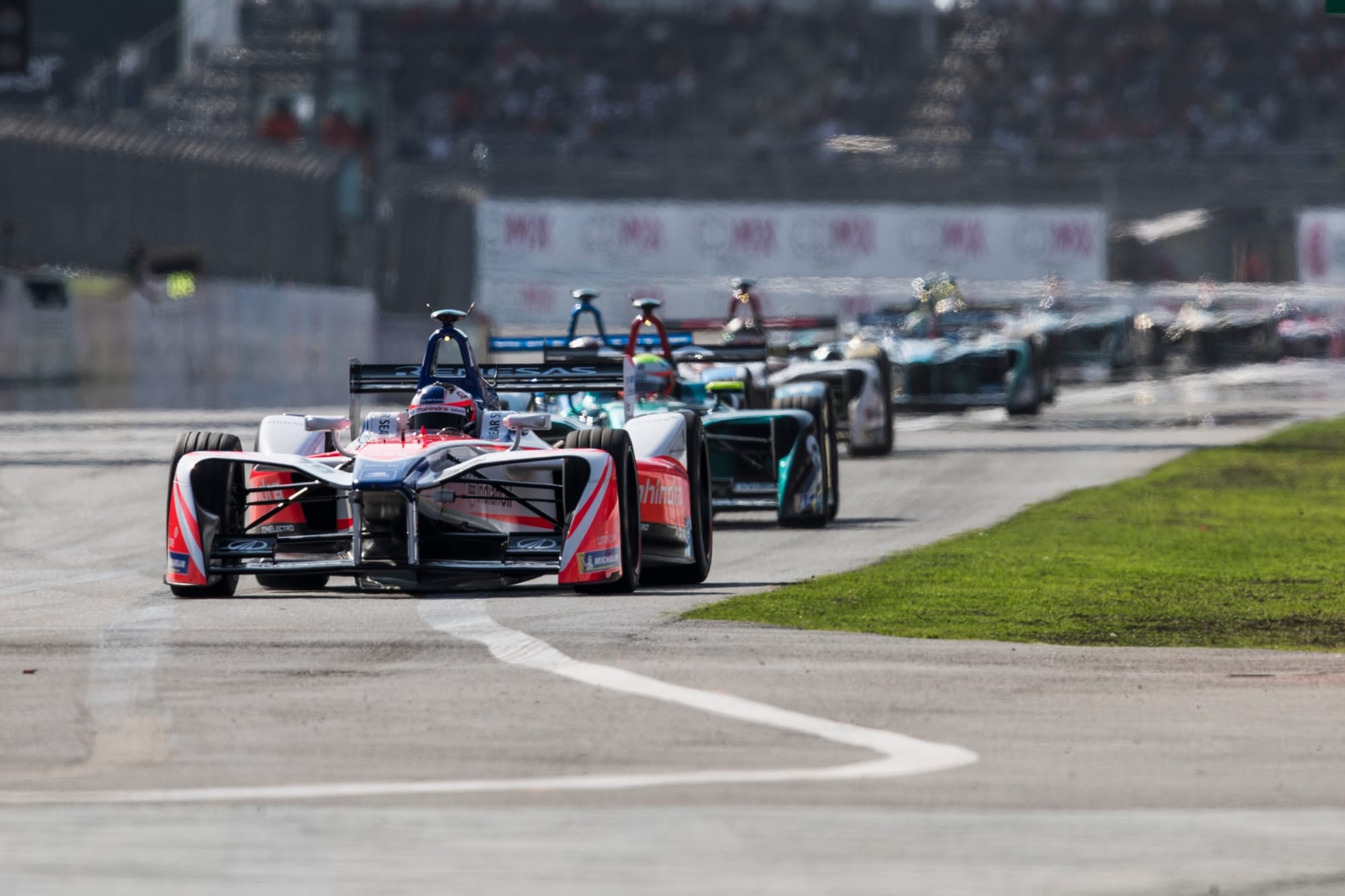
It might not seem as significant as some of the other entries at first glance, but might Formula E have a 10th champion had Mahindra provided the reliability to match the flamboyantly talented Felix Rosenqvist's pace in 2017-18?
It's a tantalising prospect because after four races Rosenqvist had an 11-point advantage over eventual champion Jean-Eric Vergne and then took pole by half a second in Mexico City and simply pulled away from his opposition.
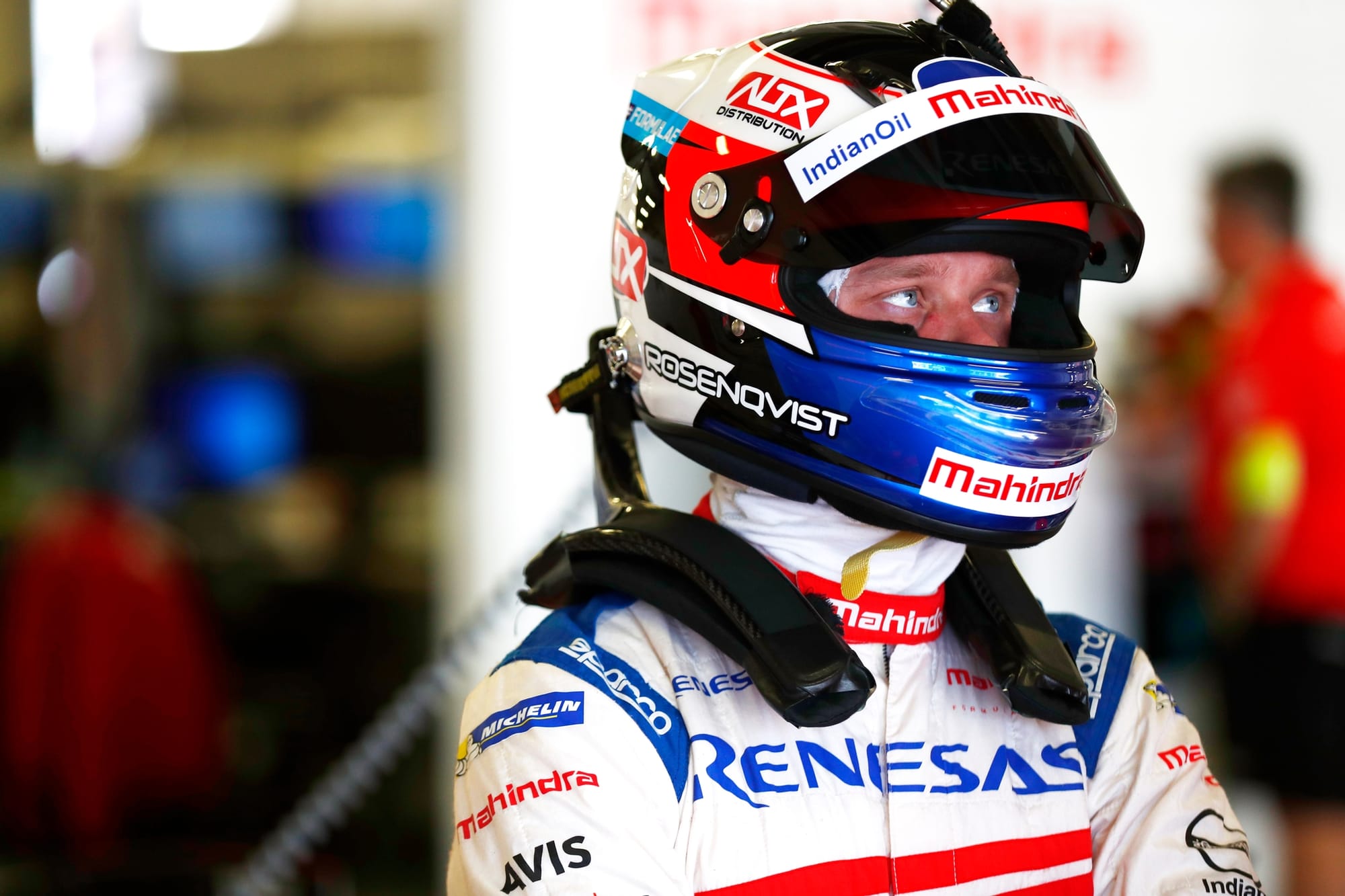
At that stage, Rosenqvist looked nailed on to be the key figure in the title hunt. But when his battery shut down in Mexico it started a whirlpool of misfortune that included powertrain issues and mechanical failures when in strong positions over the remainder of the season.
Had Rosenqvist not haemorrhaged those points he was good enough to at least challenge Vergne as the title race reached boiling points later on.
By this time, though, Rosenqvist was a marked man via Chip Ganassi and his still ongoing stateside odyssey in IndyCar was born.
Apart from a brief, half-hearted cameo in the first race of the Gen2 era at Diriyah in 2018 while his Mahindra replacement Pascal Wehrlein was benched, waiting to leave Mercedes' junior programme, Rosenqvist has not been seen in a Formula E paddock since, more's the pity for the series' lost champion.
What if: Nissan said 'No' to Albon snatch?
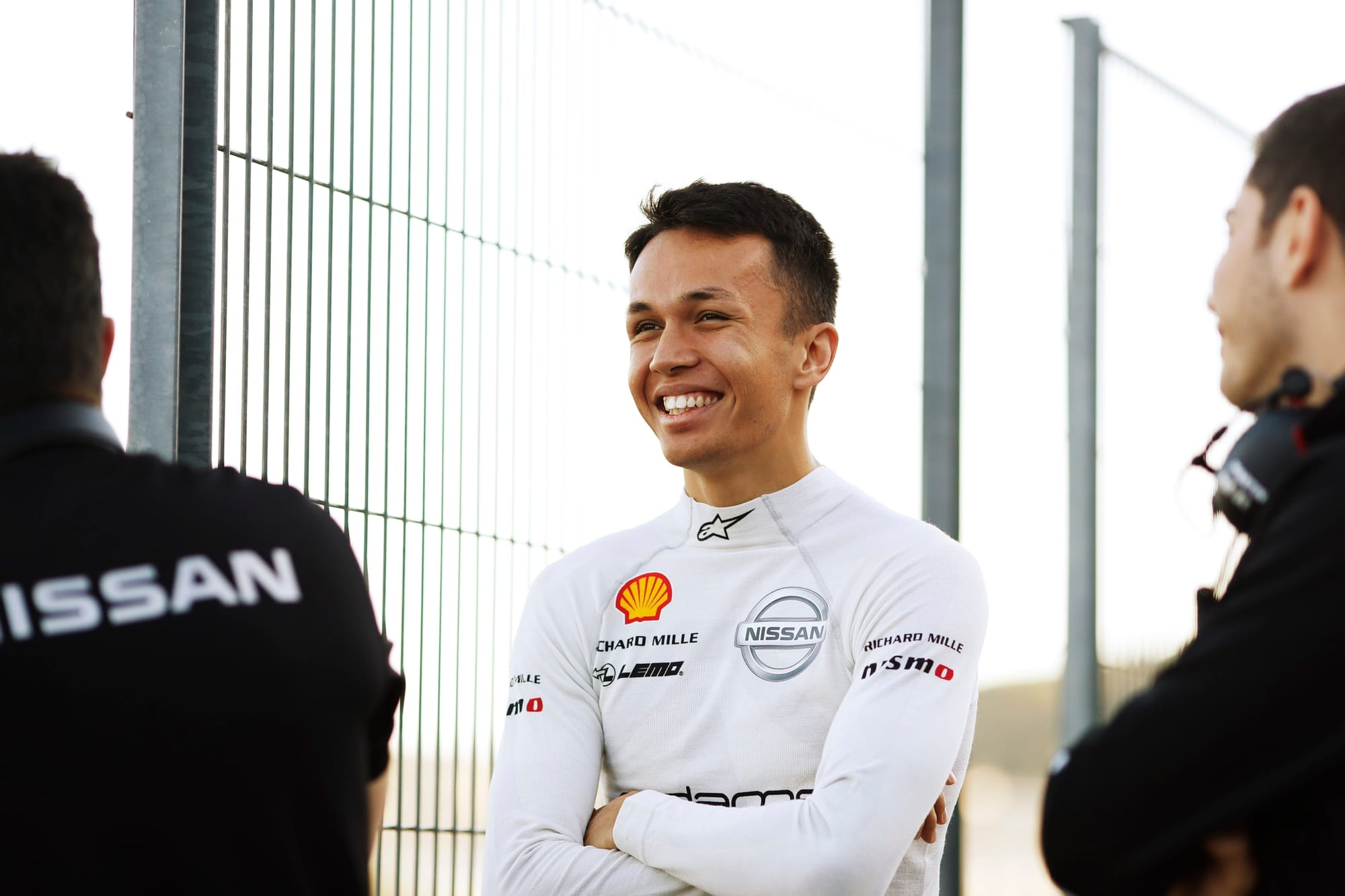
Valencia, October 16, 2018. Alexander Albon is suited and booted for the first day of Formula E pre-season testing, having just been announced as team-mate to Sebastien Buemi as Nissan takes over the e.dams' entry from its sister brand Renault.
But he isn't going anywhere.
In the corner of the pitbox, the team's driving force and team principal Jean-Paul Driot is on his mobile deep in conversation with Red Bull motorsport advisor Helmut Marko, and deep in thought with himself.
Marko wants Albon back in the Red Bull driver fold, and Driot, one of racing's toughest negotiators, knows he's lost his man, so he gets on the phone to Oliver Rowland.
In that moment, who knows how Formula E history may have changed?
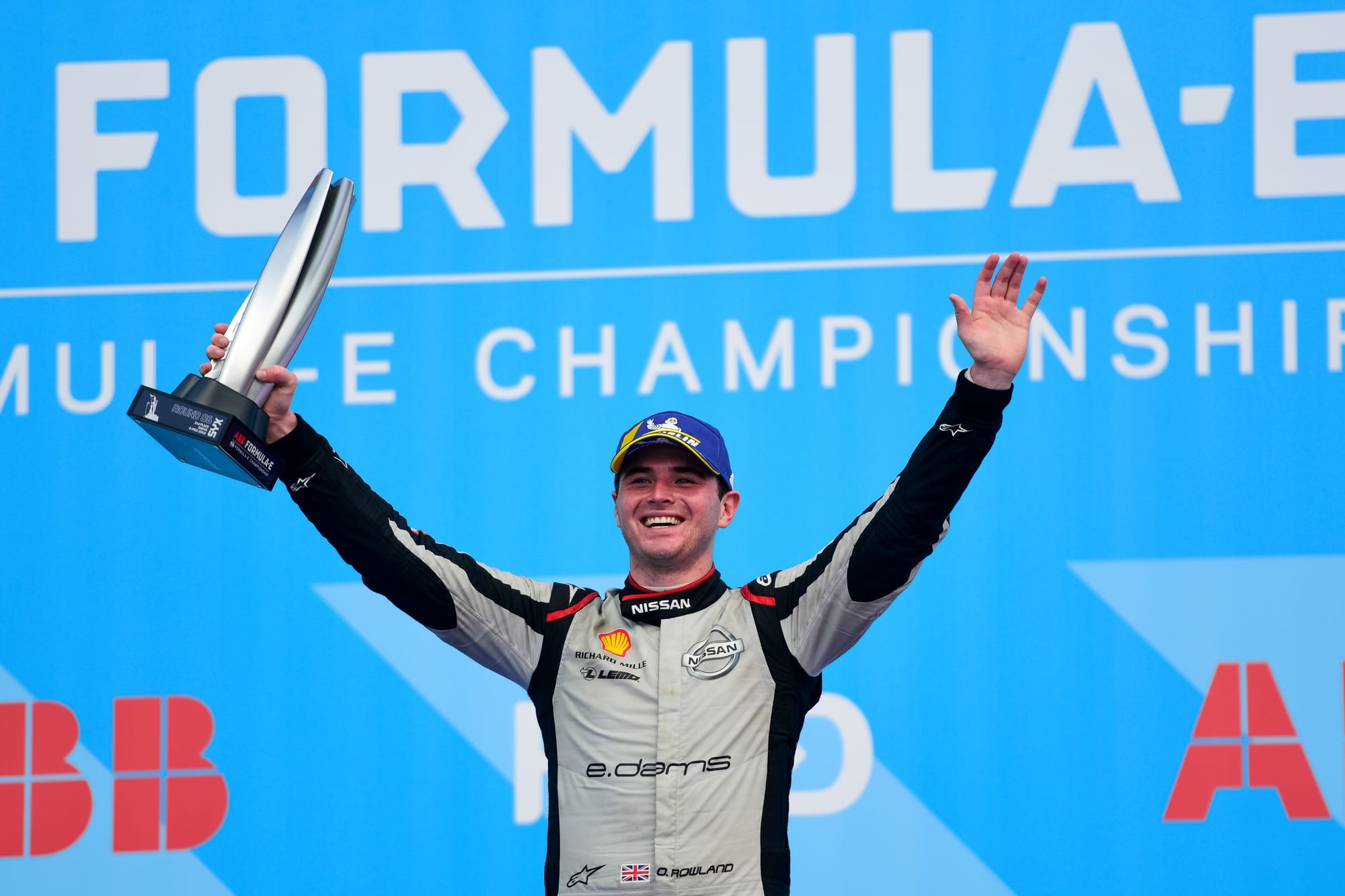
Rowland did an excellent job at such short notice, taking three pole positions and a pair of runner-up finishes, while Albon's impressive Toro Rosso half-season was followed with what for a time looked to be a doomed stint as Max Verstappen's team-mate at the senior Red Bull team.
Had Red Bull decided to stay with Brendon Hartley or promote another youngster from its ranks, and had Albon stayed committed to Nissan, what might Albon have built himself into in Formula E?
However, when Driot died the following summer, the team entered a relative wilderness which peaked in 2022, its poorest campaign to date.
It might even have turned into a complete career dead-end for Albon so, despite those first two years in F1 being overall more challenging than rewarding, the about turn on a rainy day at Valencia back in 2018 did him more favours than perhaps even now he truly realises.
What if: The pandemic hadn't happened?
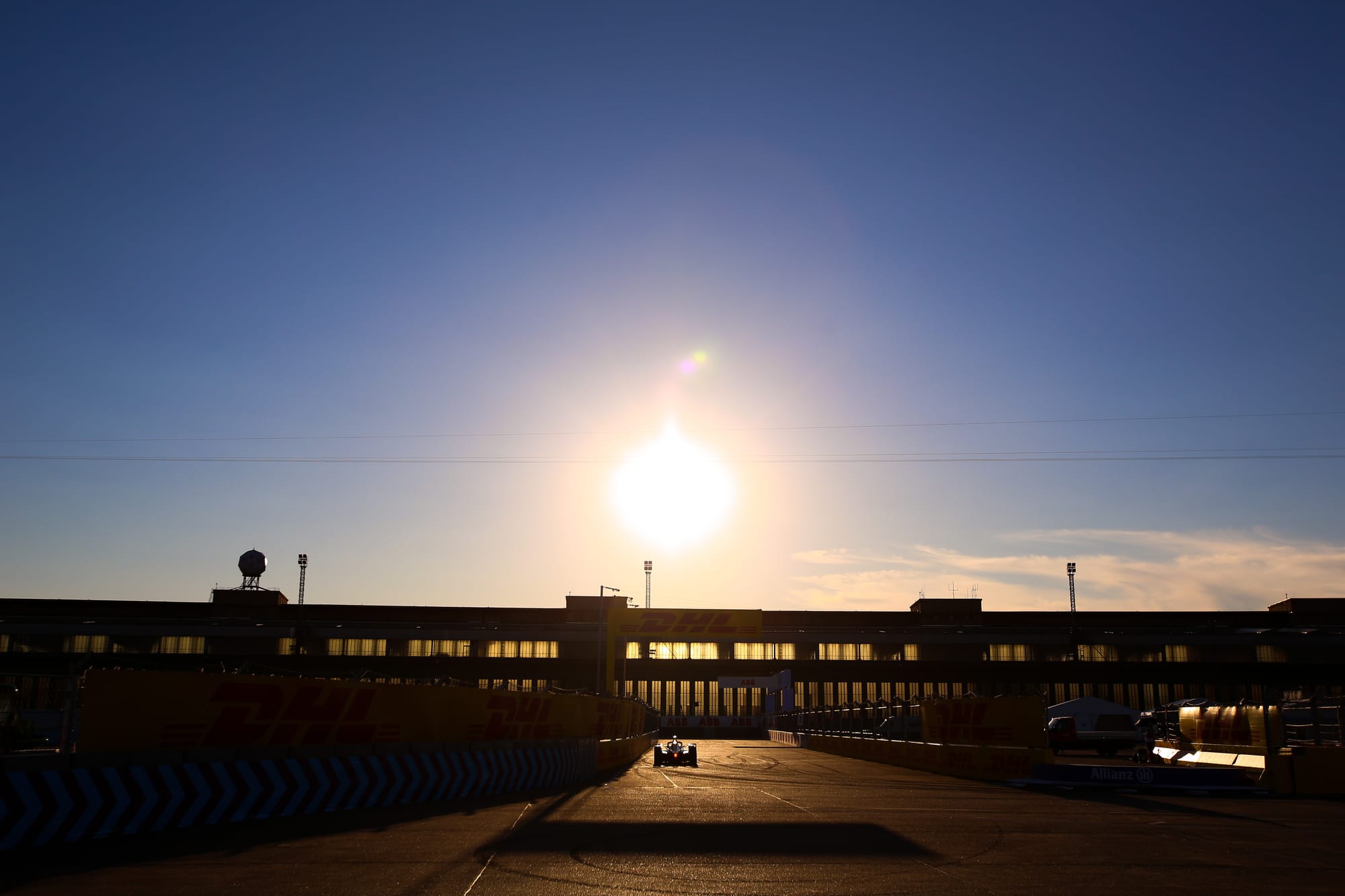
It’s a trite and, in the grand scheme of things, awkward question to ask considering the devastating effect the COVID-19 pandemic had on the world's populations (and its economies). But in the context of Formula E's world, in early 2020 it had a specific destabilising effect.
From the point of view of many of its territories shoring up their city centres, which had more of a lag than contained permanent facilities, Formula E was forced to race at the likes of Berlin Tempelhof - six times in 10 days, no less - Puebla and Valencia.
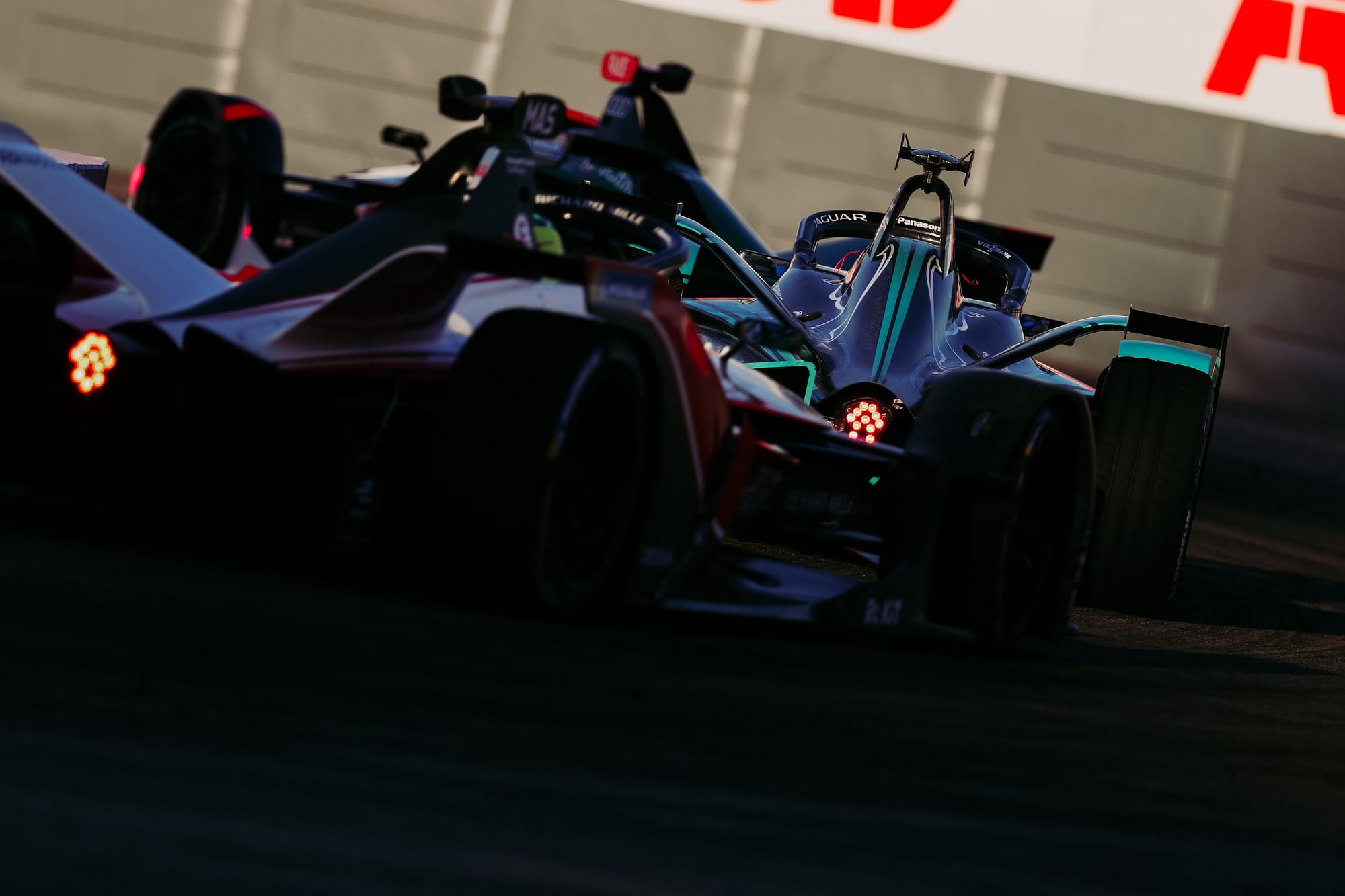
Yet, probably cutting considerably deeper was the influence the pandemic had on the momentum Formula E had gained in its first five seasons. By the sixth campaign which began at the end of 2019, a new CEO - Jamie Reigle - had just been installed, Mercedes had joined fellow German giants Porsche, BMW and Audi in joining, and three shiny new race venues in Seoul, Jakarta and London had joined an impressive calendar.
While all three of the new races did eventually happen after 2020, the manufacturers didn't last, with BMW, Audi and Mercedes all pulling the plug for varying reasons within nine months of each other. Reigle, too, would depart come May 2023.
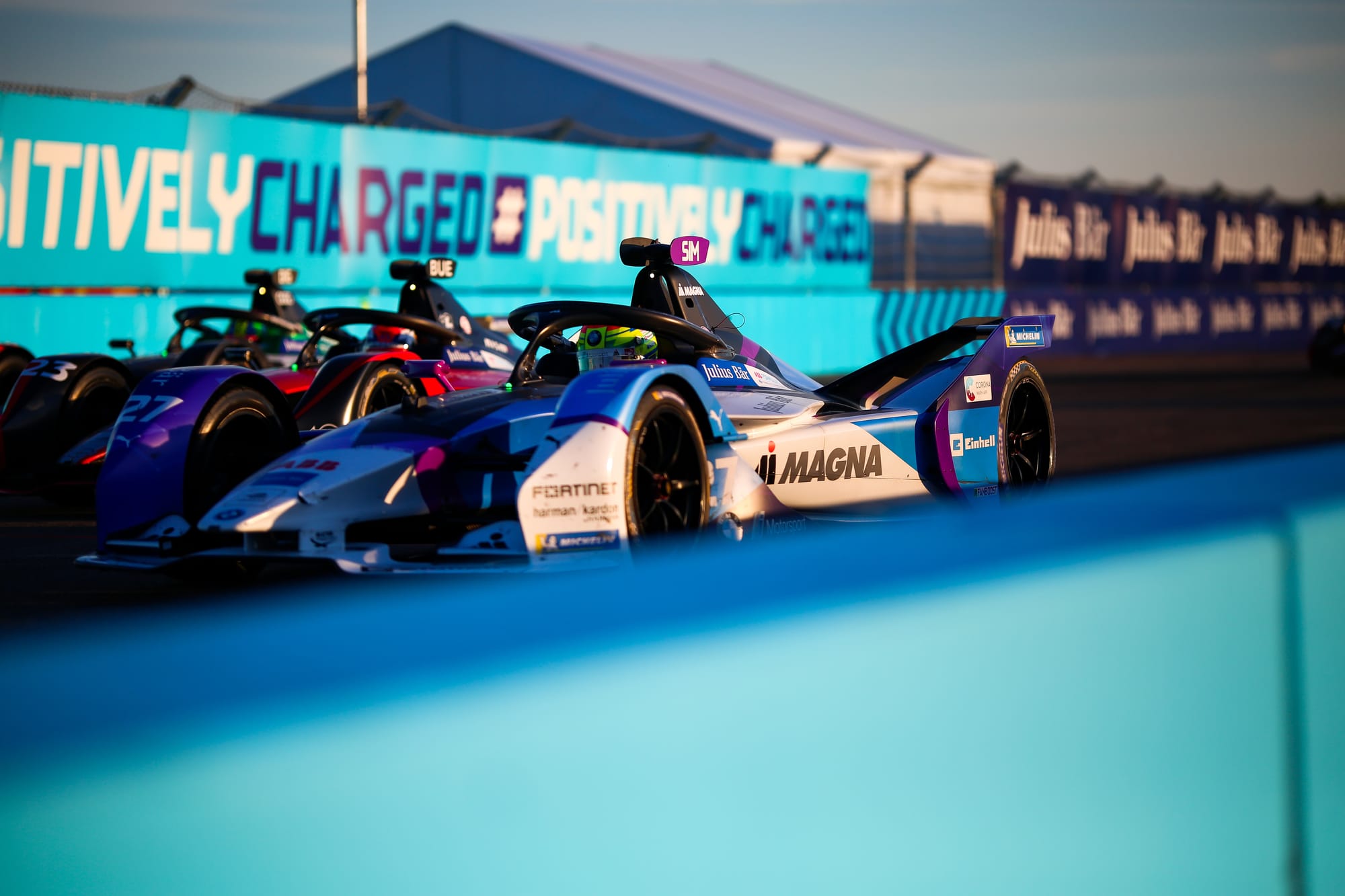
Did the disruption of the pandemic cause any of these decisions to be taken? Probably not directly. More worrying for Formula E was the fact that long-term return on investment was a more decisive factor for some of those that left.
Just as many businesses and industries were able to regroup, Formula E did too- but it was a slow process, one that continues to this day. Some good even came from it, notably the financial regulations which have offered some sustainability after the brittleness that the disruption exposed.
Had 2020 been like any other year and had the first global pandemic for a century not struck, where might Formula E be now?
It's impossible to get accuracy on an outright answer but presuming growth continued it is quite possible that there would be a 24-car grid, much healthier teams, and possibly more manufacturers seeing the fruits of their investments.


